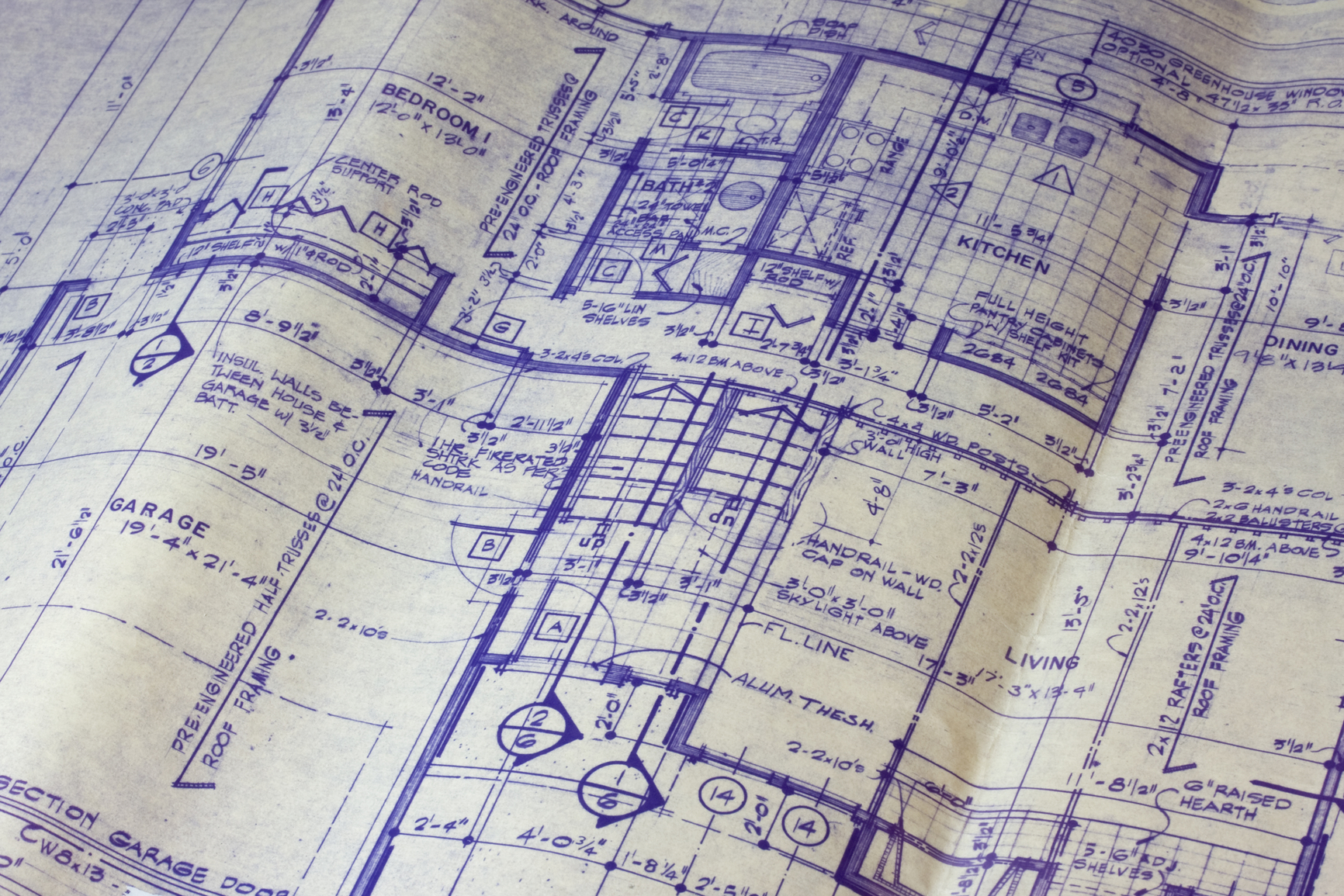Drafting is smack dab in the middle of the two niches of art design and technical work. Most people who find themselves torn between their creative side and their analytical side find that this is the perfect compromise. Drafting, or more specifically computer-aided drafting, is the practice of creating technical drawings to provide visual information and specifications for a structure, machine, or any other type of assembly. The produced blueprints will often include details such as dimensions, finishes, assembly instructions, and materials.
Most drafting professionals work in the design, construction, or surveying industries. This goes to show how vital a role it plays in modern development, but just how viable is it to get into this career track these days?
In this article, we’ll take a look at the specifics of the job – from the training to the estimated pay. Hopefully, by the end, you’ll have figured out if this is the right career path for you.
Table of Contents
A quick look at the numbers
Following a steady increase since the conception of CAD drafting as a career option, the demand has started to go down recently and is continuing its steady decline. According to the US Bureau of Labor Statistics, the employment growth rate of drafting professionals is below average at a projected 6% in the next decade.
This seems to be counter-intuitive what with all the development and manufacturing work done around the world gaining more and more steam. This is all due to the growing technological literacy rate for most of the emerging young professionals in the manufacturing and design fields.
There’s less demand for specialized drafters and more demand for those that have multiple specialties, such as young architectural designers who also have drafting skills. This isn’t even putting into account the development of the CAD, drafting, and modeling technologies making their use so much easier than ever before. With the learning curves of this software getting easier to manage, a lot of even the older design and manufacturing professionals have found themselves learning how to use them.
And so employers have started putting a premium in professionals in their field who also have drafting know-how. Not only is it more efficient to hire in-house, but it is also better for the drafter to be knowledgeable of the diagram they are drafting, to be better at spotting errors and creating more intuitive and easily understandable technical drawings.
There’s still some hope, though. On paper, it seems that letting engineers and architects multitask as drafters isn’t as profitable as it may first seem. These construction and design professionals do their best work focusing on their specialties and overseeing the details. In that vein, specialized drafters would still be valuable in the market.
The training

There are institutes and schools for drafting Source
Each employer has their own preference when it comes to minimum educational qualifications, so it would be best to check on your preferred employers first before applying. But in general, the American standard requirement for CAD drafters is a two-year post-secondary education or training course in drafting. These are usually offered by technical schools, community colleges, and even in full-fledged universities.
Community college drafting courses are to technical school drafting courses as general practice is to specialties. With drafting theory and general education, you cast a wider net with community colleges as opposed to the more intensive and focused learning in technical schools. The advantage that community colleges have however is the choice to use your taken courses as credits when looking to transfer to four-year colleges.
If you’re not looking for further education, a two-year drafting program is more than enough to prepare you for the start of your drafting career. But if you choose to move on to a four-year college, you should know that you’ll probably be looking at course not specifically on drafting, but rather in architecture, engineering, design, and higher math.
Most people go into architectural or civil engineering as drafters but recently, more and more people are looking into being drafters for industrial and electronic engineering.
Drafting specialties

Detail of 40 years old house blueprint – main floor plan Source
So, what’s next after training as a draftsman? We’ve mentioned before how drafting has a finger in many a pie, so let’s talk about how you can specialize.
Architectural and civil engineering drafting is two of the more prominent drafting specialties nowadays. The drawings produced are used in the construction of houses, buildings, roads, and bridges. And even in these industries, you could choose what type of structure you specialize in drafting. Some draftsmen, for example, specialize in residential builds, while others prefer commercial builds. And depending on the part of the building being detailed, you have drafting for electrical systems, plumbing and piping layouts, and mechanical air-conditioning layouts.
If construction isn’t for you, the mechanical and industrial design industry is in need of drafters as well. The aeronautical industry has drafters working on the design and manufacture of aircraft parts. The same goes for general mechanical engineering and industrial design.
How much does it pay?
Salary can vary between drafters and this all depends on their specialties, place of work, and levels of experience. The median salary as of 2019 is $55,550 with architectural design and engineering draftsmen earning the lowest and electronic and electrical draftsmen earning the most.
Most drafters have the usual 40-hour workweek working in offices or at home remotely. Some employers also sponsor the continuing education of drafters with some of them going on to become engineers, architects, and licensed technicians.
It’s worth noting that the market for drafters is getting more and more saturated by the year and the demand is fairly strong due to the increasing amount of developments and manufacturing all over the globe. Yet as we mentioned before, there’s less demand for just drafters and a steady increase in demand for drafters that also double as engineers or designers. To make any good money out of the job, drafters will have to stand out and so having specialties or getting expertise on other non-drafting jobs will help nab you a niche in the market.
So in short, to get better pay offers for your services, learn to get better at drafting, but also learn to leverage other skills to make yourself unique and desirable to companies.
Conclusion
If you’re good at technical visualization and have a knack for understanding and jotting down measurements and details, drafting is no doubt going to be interesting work for you. Additionally, if you’re looking to be an engineer or architect, being a drafter is a good jumping-off point that would earn you enough money on the side to fund further education.
For either case, it will be important for potential drafters to get a decent understanding of the subject matter they would be drafting about. But if you’re worried about the potential reduction of demand for drafters, you really don’t need to be – for as long as information has to be relayed about manufacturing process or construction, drafters will always be sought out.




